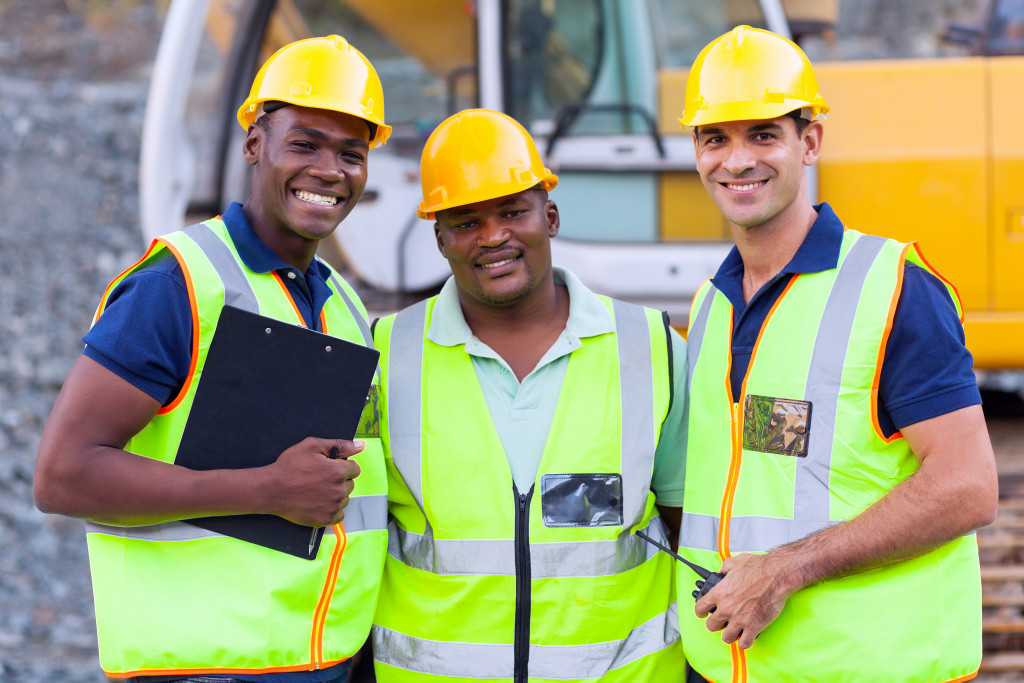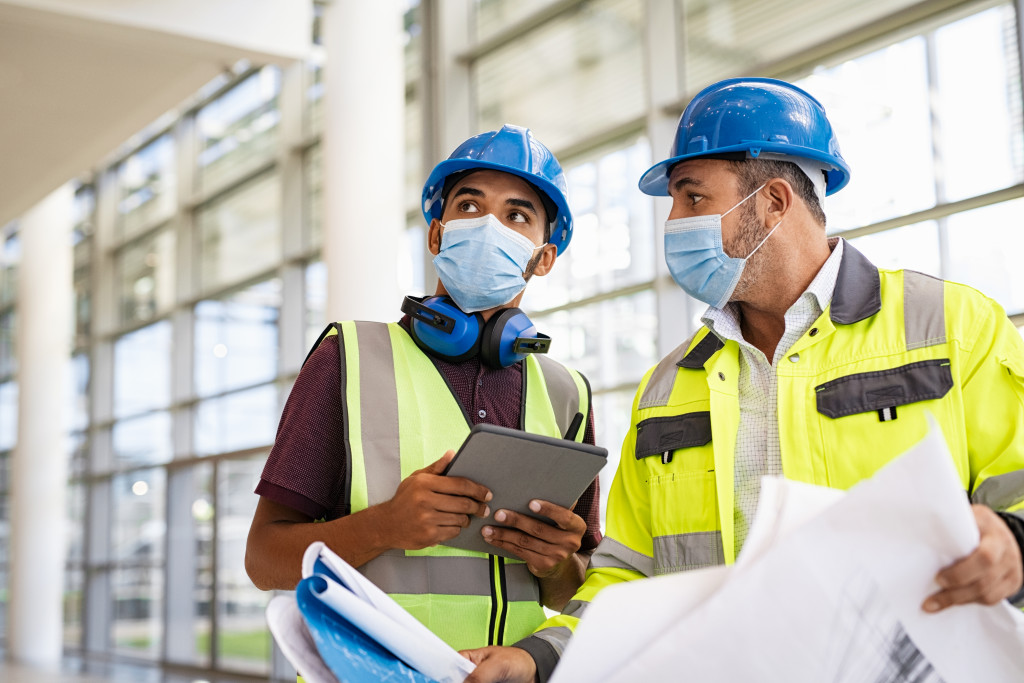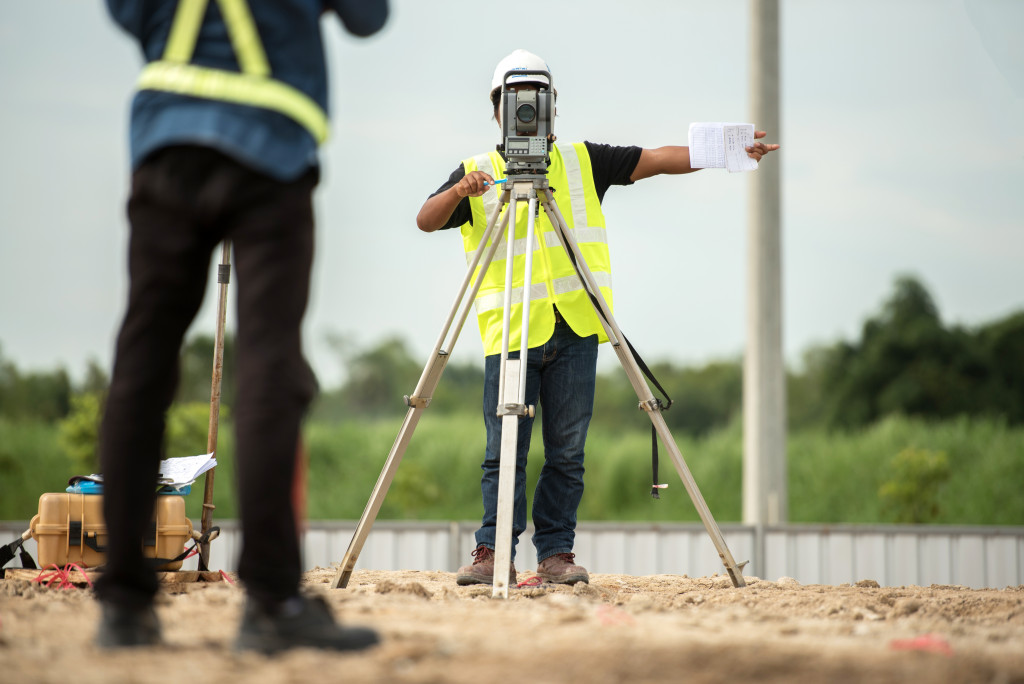- Establish a safety culture by creating an environment where safety is the top priority and shared responsibility for everyone involved.
- Implement comprehensive safety policies and procedures to ensure local, state, and federal compliance.
- Conduct regular safety training and education for hazard recognition, safe work practices, and equipment-specific training.
- Emphasize the importance of personal protective equipment (PPE) by providing access to data, information, and training.
- Ensure high competence levels through hiring qualified personnel and providing ongoing training and professional development opportunities.
Construction work is not only about building structures or creating homes. It is a complex process that requires diverse skills and knowledge, especially regarding safety and competence.
Without these two essential elements, construction work can be dangerous, leading to accidents, injury, or loss of life. Hence, it is necessary to maintain high standards of safety and competence in construction.
The act of construction work is inherently dangerous, and accidents do happen. However, a solid safety program can help minimize accidents and injuries on your project site.
By ensuring the safety of workers and minimizing injuries, you can maintain employee morale, reputation, and finances and decrease liability risks. In addition, high competence levels ensure quality work that meets industry-specific standards and regulations, increasing client satisfaction.
This blog post will explore establishing a safety culture, implementing comprehensive safety policies and procedures, conducting regular safety training and education, encouraging active participation and engagement from all workers, and emphasizing the importance of personal protective equipment (PPE).
Establishing a Safety Culture
Establishing a safety culture means creating an environment where safety is the top priority, with a shared responsibility for everyone involved in the construction project.
This culture starts at the top, and every leader should embody high safety standards and communicate them effectively to their teams.
Implementing Comprehensive Safety Policies and Procedures
Comprehensive safety policies and procedures help establish effective safety protocols and ensure local, state, and federal compliance. These policies and procedures should address hazard recognition, reporting, investigation, and corrective action.
They should also specify roles, responsibilities, communication protocols, and emergency procedures. Standard operating procedures (SOPs) should be in place for high-hazard tasks to ensure workers take appropriate safety precautions.
When everyone follows these procedures consistently, it reduces the likelihood of accidents and injuries.
Conducting Regular Safety Training and Education
Safety training and education play an essential role in reducing accidents and injuries. This training should include hazard recognition, reporting, safe work practices, and any equipment-specific training required to operate machinery or other tools safely.
Safety training is an ongoing process, and workers should be aware of any updates or changes to safety policies. Safety meetings should also occur regularly, allowing workers to voice concerns or suggest ways to improve safety practices.
Encouraging Active Participation and Engagement From All Workers
Everyone involved in a construction project should feel empowered to identify and report potential safety hazards and concerns.
They should also actively create and implement safety policies and procedures. This approach builds a safety culture by making safety a shared responsibility.
To promote active participation, workers should have access to safety data, information, and training. They should also be encouraged to ask questions and provide feedback on safety-related issues.
Emphasizing the Importance of Personal Protective Equipment (PPE)
Personal protective equipment (PPE) is crucial in protecting workers from exposure to hazards that can cause injuries or illnesses.
It is essential to provide workers with appropriate PPE and ensure they understand the importance of wearing it consistently.
Employers should assess the work environment and identify the necessary PPE for workers. PPE training should also teach workers how to wear correctly, care for, and replace PPE when required.

Ensuring Competence in Construction Work
Maintaining high competence requires ongoing training, assessment, and verification of your workers’ skills and knowledge. Hiring qualified and trained personnel is one way to ensure high competence levels in construction work.
Hiring Qualified and Trained Personnel
Hiring the right personnel means hiring workers with the right qualifications, training, and work experience. That means reviewing resumes, conducting interviews, performing background checks, and validating valuable credentials.
Providing Ongoing Training and Professional Development Opportunities
In addition to hiring the right personnel, providing ongoing training and professional development opportunities is essential to maintain competence levels.
This includes attendance at workshops, attending industry conferences, and hands-on training. By equipping your workers with the right skills and knowledge, they can handle various tasks, which improves your productivity and meets industry standards.
Regularly Assessing and Verifying Workers’ Skills and Knowledge
Assessing your workers’ skills and knowledge and verifying it is equivalent to evaluating your workforce to ensure they are efficient and competent in performing tasks.
Workers need constructive feedback and coaching from a supervisor or expert within the industry. Some verification processes include on-the-job assessments or written tests to measure workers’ skillsets and performance.
Promoting the Significance of Nccco Tower Crane Certification
Accredited with the National Commission for the Certification of Crane Operators (NCCCO) is highly valued in the construction industry. Having NCCCO tower crane certification improves workers’ competency and helps ensure safety while minimizing risks.
By obtaining NCCCO Tower Crane Certification, operators demonstrate their proficiency in operating these complex machines, adhering to industry standards, and prioritizing safety on the worksite.
Aside from increasing your workers’ value, getting them licensed shows your commitment to promoting high standards within your construction firm.
Compliance With Regulations and Standards
Ensuring worker competency and safety within a construction project requires complying with all relevant local, state, and federal regulations and best practices. Below are ways to guarantee adherence to rules and industry-specific standards.
Staying Updated on Relevant Local, State, and Federal Regulations
Regulations and compliance standards are continuously evolving, so it’s essential to remain up-to-date on current legislation mandates and safety best practices.
Sources like OSHA’s website clarify compliance and safety standards for industries to avoid legal ramifications and liabilities.
Adhering To Industry-Specific Standards and Best Practices
Adhering to industry-specific standards and best practices ensures that your team works at par with other construction firms. Industry standards help you produce quality products that meet client specifications and regulatory requirements.
If your company fails to implement such standards, it may only result in penalties and consequences for workers and the construction business.
Regular Inspections and Audits To Ensure Compliance
Regular inspections and audits help ensure that your construction project complies with all relevant regulations and standards. Conduct audits regularly or on a schedule that works for your construction company to keep things in check.
Implementing Corrective Measures and Improvements
Improving construction processes, policies, and procedures promotes continual growth and success. When there are issues, promptly implement corrective measures and amendments so that the same mistakes aren’t repeated.

Maintaining high standards of safety and competence in construction is crucial for achieving a successful project.
Establishing a safety culture, implementing comprehensive safety policies and procedures, conducting regular safety training and education, encouraging active participation and engagement from all workers, and emphasizing the importance of personal protective equipment (PPE) is critical to achieving a safer work environment.



